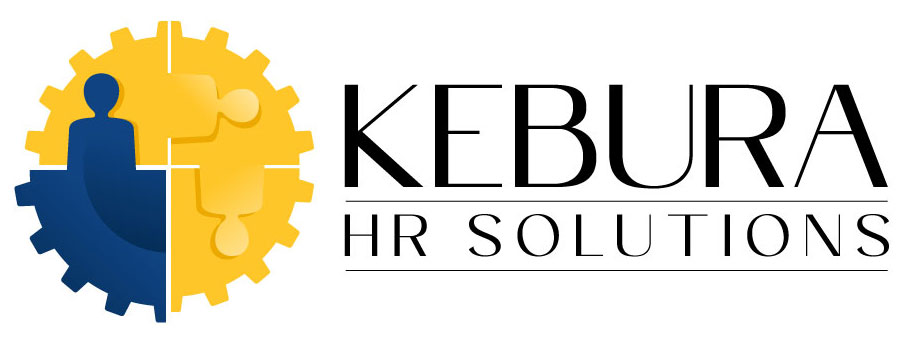The Mine Safety and Health Act (MSHA) was signed into law in 1977 to improve safety and health conditions for miners across the U.S. Mining has always been one of the most dangerous industries, and this law was created to reduce accidents, protect workers, and hold mine operators accountable for safe conditions.
For businesses in mining or related industries, MSHA sets some of the strictest workplace safety standards in the country.
What MSHA covers
The law applies to all mining operations in the United States, including:
-
Coal mines
-
Metal and nonmetal mines (like copper, gold, or stone)
-
Quarries and sand/gravel operations
It established the Mine Safety and Health Administration (also called MSHA) within the Department of Labor, which is responsible for setting and enforcing safety standards.
Key provisions include:
-
Regular federal inspections of all mines, regardless of size or number of workers
-
Mandatory safety and health training for miners and supervisors
-
Reporting requirements for accidents, injuries, and illnesses
-
Standards for ventilation, roof control, equipment, explosives, and emergency planning
-
Rights for miners to refuse unsafe work without retaliation
Why MSHA matters
Mining accidents can be catastrophic. MSHA exists to prevent tragedies by requiring mine operators to take proactive safety measures. Even smaller operations must comply—there are no exceptions for small businesses.
Common MSHA violations
-
Inadequate roof support systems
-
Poor ventilation leading to dangerous air quality
-
Failure to provide or enforce use of personal protective equipment (PPE)
-
Improper handling of explosives
-
Incomplete training records or lack of required training
-
Failure to report injuries and accidents in a timely manner
Penalties for noncompliance
MSHA penalties are serious and escalate quickly:
-
Civil penalties for each violation, often thousands of dollars per incident
-
Daily penalties until hazards are corrected
-
Criminal penalties for willful violations leading to death or serious injury
-
Shut-down orders for dangerous operations
How to stay compliant
- Conduct regular self-inspections to identify hazards before MSHA inspectors do.
- Provide thorough training for all miners and supervisors, and keep documentation.
- Maintain safety equipment and protective gear at all times.
- Establish clear emergency response plans.
- Report accidents and injuries immediately, as required by law.
How Kubera HR Solutions can help
At Kubera HR Solutions, we help businesses develop safety programs, train supervisors, and audit compliance with MSHA standards. We work with operators to build strong safety cultures that protect workers, reduce liability, and keep mines in compliance with federal law.
